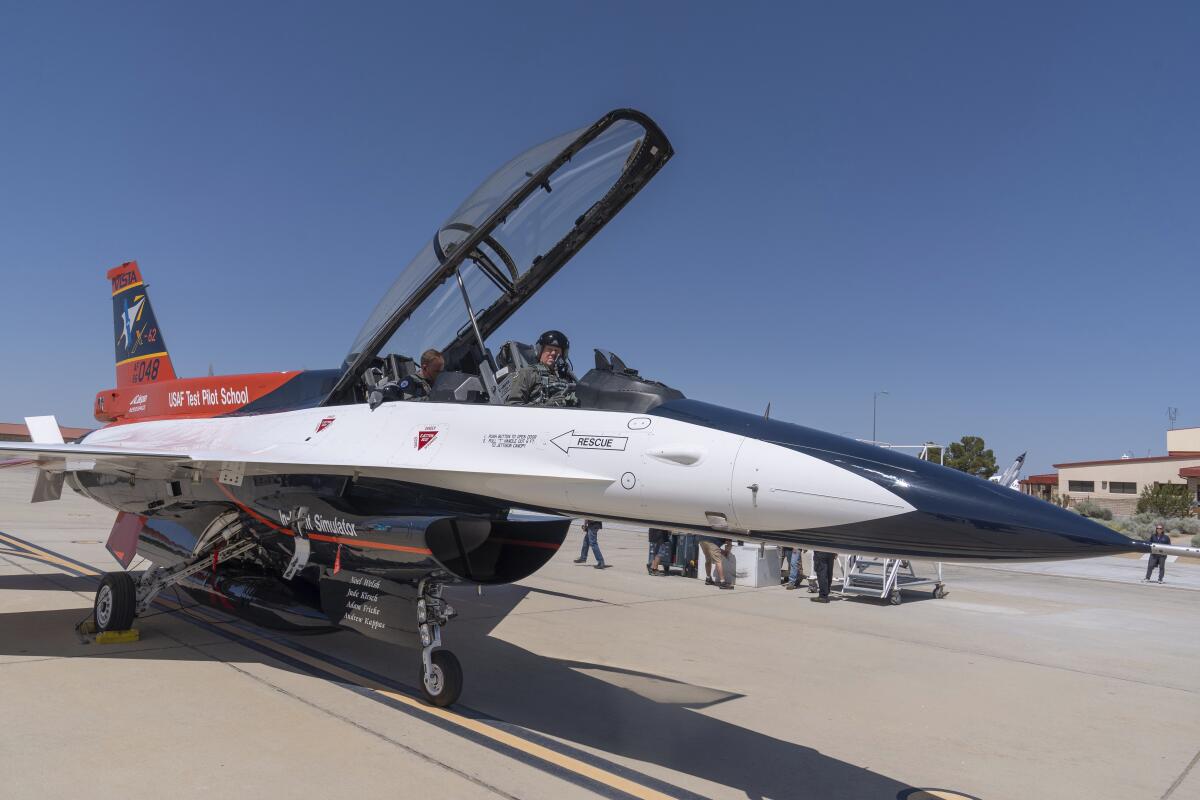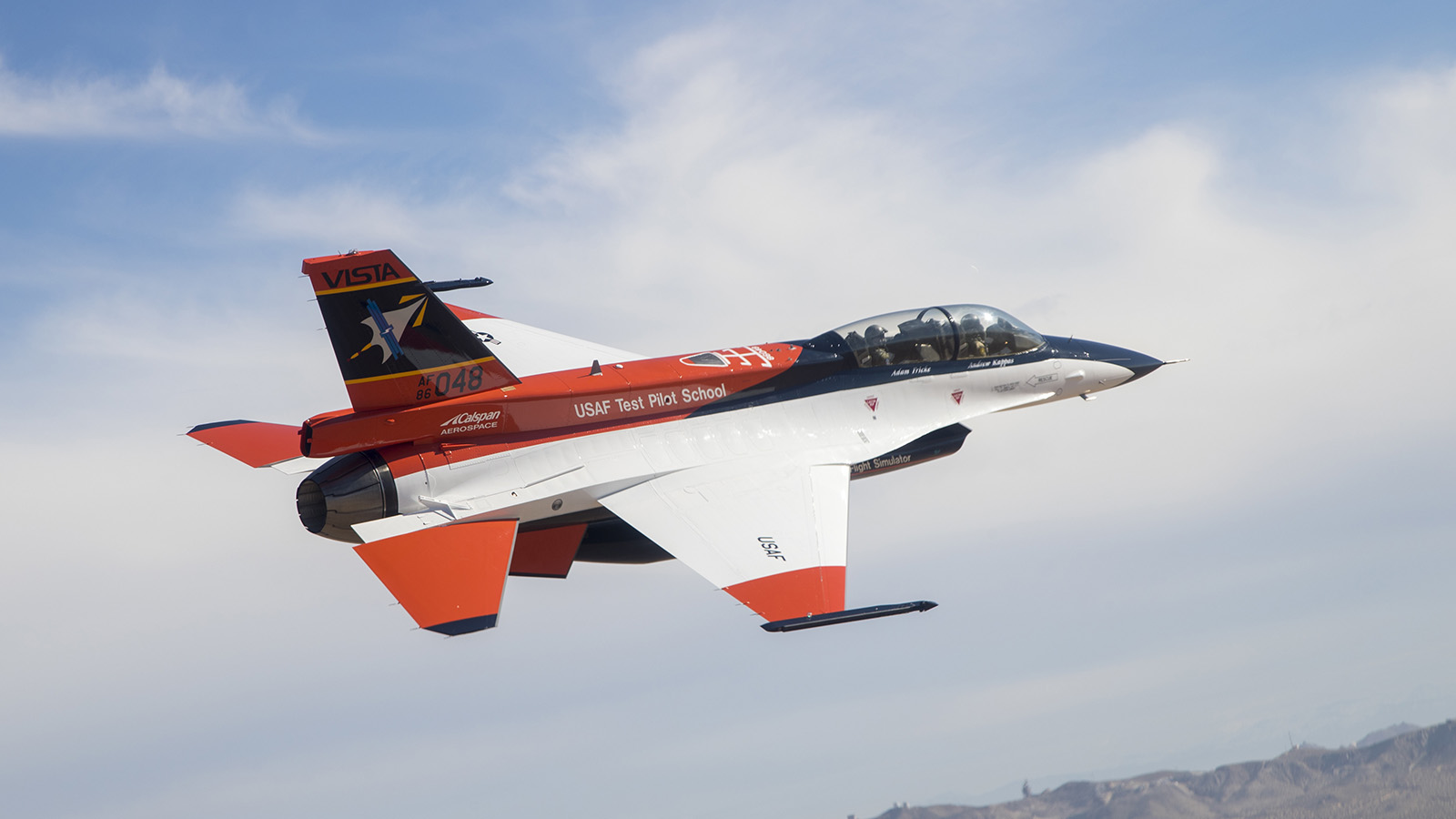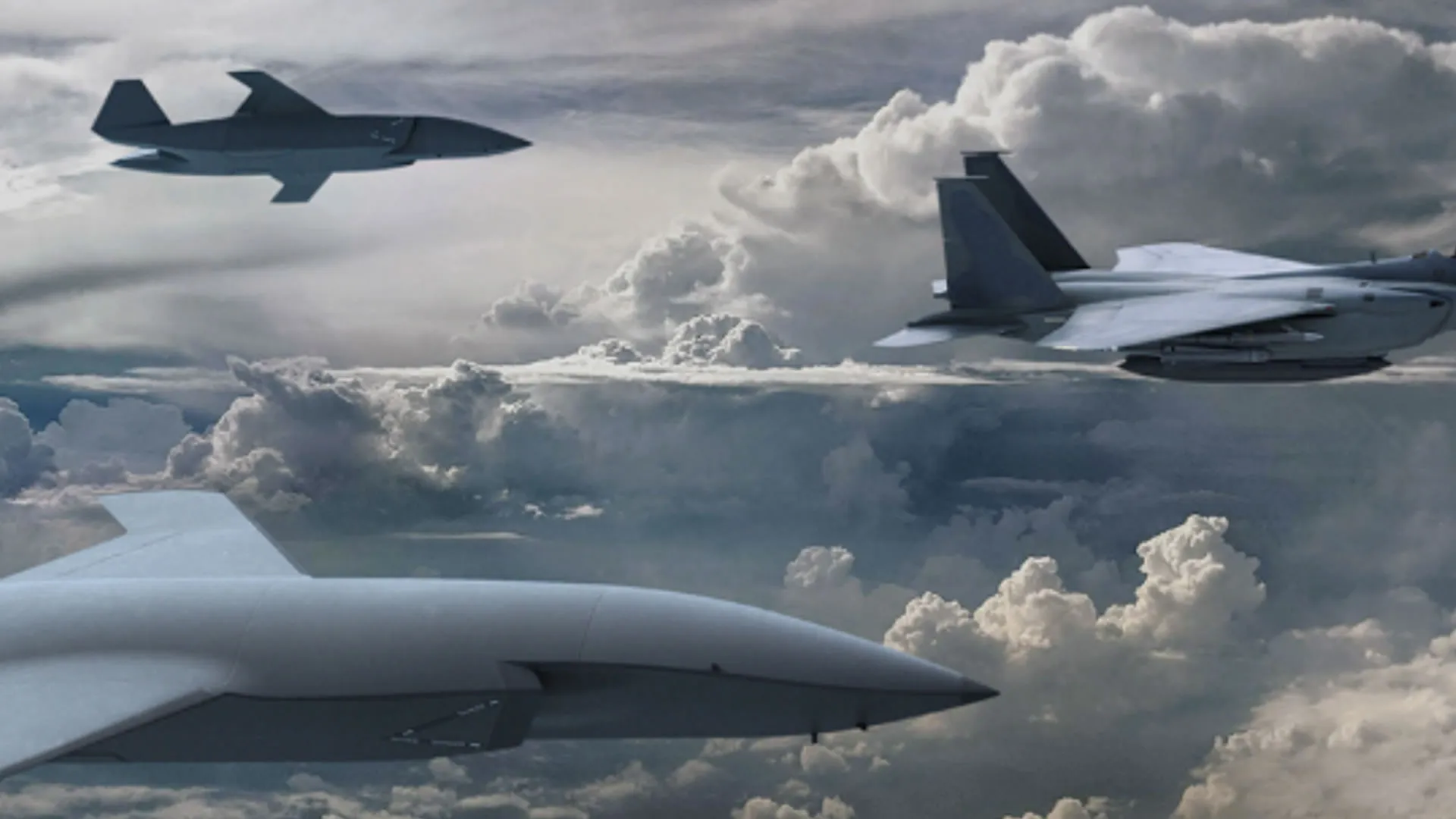In an era where technological advancements shape the battlefield, the United States is not only keeping pace but aiming to redefine the landscape of aerial combat. The US military is vigorously advancing its Artificial Intelligence fighter jet program, focusing on innovative strategies to maintain a competitive edge over global adversaries like China. This includes the ambitious development of AI systems capable of operating without the reliance on GPS—ushering in a new generation of military aircraft technologies.

The Edge Over GPS: A Strategic Shift in Aerial Tactics
The latest initiatives by the United States military underscore a significant shift towards enhancing AI capabilities in fighter jets. The goal is clear: to enable AI to pilot aircraft using alternative navigation methods that do not depend on the easily disruptible GPS signals. This move is anticipated to drastically reduce vulnerabilities, such as GPS jamming or spoofing, which adversaries could exploit.
According to insights from ABC News, the focus on non-GPS navigation involves the AI’s use of the Earth’s magnetic fields, a method that promises to shield these advanced jets from common electronic disruptions. This development is not just a theoretical upgrade but a practical enhancement aimed at safeguarding communication and operational integrity during critical missions.

Learning on the Fly: Artificial Intelligence’s Tactical Advancements
The journey from ground simulations to real-time aerial tactics involves teaching AI systems to adapt and apply complex maneuvers in-flight. The reliance on pre-loaded data and real-time learning allows these Artificial Intelligence systems to evolve and handle dynamic combat scenarios more efficiently. This capability is pivotal, especially as the AI learns to execute missions with minimal human oversight.
During recent tests, such as those involving the iconic F-16 aircraft, Artificial Intelligence has demonstrated its potential to outmaneuver human pilots. The F-16 notably triumphed over a human opponent during the DARPA AlphaDogfight Trial, showcasing a 5-0 victory that marks a significant milestone in autonomous flight capabilities.

Balancing Tech with Caution: The Human Element in AI Warfare
Despite these advancements, the United States military remains cautious, promising that AI will not wholly replace human decision-making in combat scenarios. This assurance comes amidst public concerns about the ethical implications of fully autonomous weaponry. The balance between leveraging AI for enhanced performance and maintaining ethical oversight is a delicate one, particularly in scenarios where AI might independently engage targets.
F-16 fighter jets can be controlled by AI now.
U.S. Air Force Secretary Frank Kendall has flown such F-16 (Vista).
The software for Vista first learns from millions of data points in a simulator, allowing the AI to test its conclusions and learn from the simulated flights.
In… pic.twitter.com/BUG2zD04vL
— Clash Report (@clashreport) May 5, 2024
United States Forging New Frontiers with AI in Military Aviation
As the United States continues to pioneer this technological frontier, the implications extend beyond mere technological dominance. The integration of AI in fighter jets represents a broader strategy to enhance national security, project power, and deter potential threats. With programs like the $6 billion Pentagon initiative for AI-powered drones, it is clear that the future of United States military aviation is intrinsically linked to the evolution of artificial intelligence.
The ongoing developments in AI-assisted flight without GPS and advanced tactical learning are not just about staying ahead in the technological race—they are about ensuring readiness and resilience in an increasingly unpredictable global landscape.
As these technologies continue to evolve, the strategic advantages they provide could redefine traditional paradigms of aerial warfare, setting new standards for what is possible in the skies.


